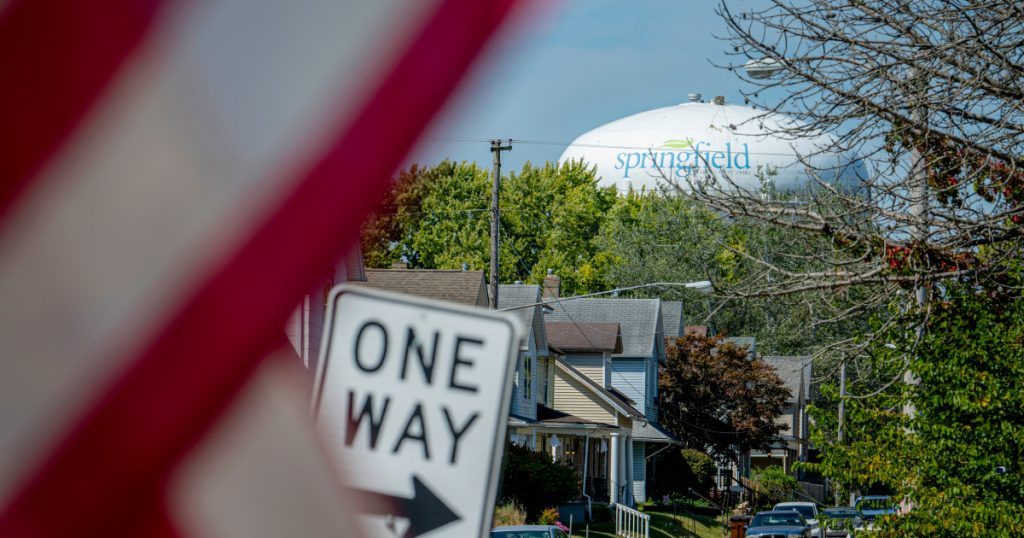In Springfield, Ohio, the city is experiencing a revitalization with new housing development and businesses opening, leading to a more lively downtown area. The increased prosperity in Springfield is part of a trend felt across the Midwest as once-prosperous places work to rebound from economic struggles that started in the 1980s. The population growth and renewed prosperity have placed strains on local infrastructure, health care, and schools, highlighting the challenges faced by the city as it seeks to accommodate growth.
One factor contributing to the revitalization of Springfield is the influx of Haitian immigrants who have arrived in the city over the past five years. Many of these immigrants were professionals, such as medical doctors, attorneys, teachers, and engineers, who fled political turmoil and violence in Haiti. This influx has led to both cultural shock and opportunity for both Americans and Haitians as they navigate the changes and challenges of integration in a new community. Despite some tensions within the community related to the rapid increase in population, many immigrants like Jims Denis have found success in Springfield, with Denis owning multiple homes, working multiple jobs, and investing in the local economy.
However, not everyone in Springfield is supportive of the Haitian immigration influx. Some residents, like Bill Monaghan, believe that the sudden arrival of so many immigrants has been disastrous for the working class and working poor in the community. Monaghan points to issues such as rent increases, longer wait times for healthcare services, and concerns about road safety as evidence of the strain the immigrant population has placed on local resources. These challenges highlight the need for the city to address and manage the impact of increased demand on services, housing, and infrastructure as the population continues to grow.
The cultural impact of the Haitian immigrant population in Springfield is evident in the community through the introduction of Haitian cuisine and traditions, such as rice and beans with goat meat, at local restaurants like Rose Goute Creole. The city is experiencing a transformation as new residents bring their unique backgrounds and experiences to the area, enriching the cultural fabric of Springfield. While there are some tensions and challenges that come with this change, there are also opportunities for growth, diversity, and community development as immigrants contribute to the city’s revitalization efforts.
As Springfield grapples with the implications of increased immigration and population growth, local officials are working to address the strain placed on services and resources. The city is struggling to keep up with the demand for healthcare, housing, and emergency services, as well as managing the impact on existing infrastructure. The sudden influx of immigrants has highlighted the need for proactive planning and coordination to ensure that the community can benefit from the contributions of new residents while also addressing the challenges that come with rapid growth.
Overall, Springfield’s story reflects the broader trends of revitalization and change seen in many communities across the Midwest. The city’s journey from economic struggles to renewed prosperity, fueled in part by immigration and increased diversity, showcases the resilience and adaptability of communities working to rebuild and grow. By embracing the opportunities and addressing the challenges presented by immigration and population growth, Springfield is positioning itself for a more inclusive, vibrant, and sustainable future.


